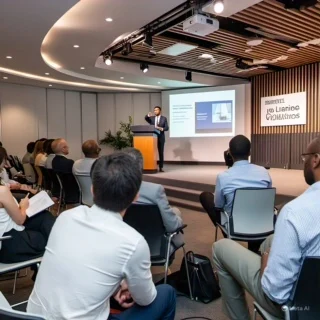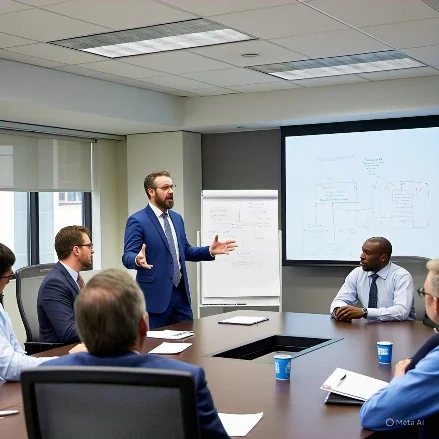TPPID provides professional technical tasks that support the evaluation, and implementation of transportation systems in coordination with land use planning.
TPPID aims to ensure that transportation infrastructure supports efficient movement of people and goods while promoting sustainable and coordinated development of urban and rural areas.
SERVICES
1.0 LONG RANGE TRANSPORTATION PLANNING (LRTP)
TPPID outlines a city or County transportation goals and investment priorities over a planning horizon to serve as a blueprint for developing and managing multimodal transportation systems.
TPPID ensures that the LRTP aligns with anticipated growth, economic development, environmental sustainability, and community needs with the following guidelines.
2.0 COMPLETE STREETS PLAN

TPPID prepares a Complete Streets Plan to designate the need for a street to function not only as a transportation route for vehicles, but streets that will serve as a mechanism to connect people to places while accommodating all individuals and modes.
TPPID notes that Complete Streets are roadways that are designed to provide safe, accessible, and healthy travel for all users of our roadway system, including pedestrians, bicyclists, transit riders, and motorists.
BIKE LANES AND TRAILS



TPPID prepares a Bike and Trails Master Plan to become a desired amenity a community can offer to residents.
As people become Trails are an appreciated amenity and they are not only recreational but also serve roles for transportation and exercise in a community.

3.0 SHORT RANGE TRANSPORTATION PLANNING
Transportation Improvement Program (TIP) highway improvements, transit enhancements, bicycle and pedestrian facilities, and safety projects.
Service and Operations Planning
Involves detailed planning of transit services, including route structures, service frequencies, vehicle and crew scheduling, and timetable development.
Data Collection and Analysis
Entails gathering and analyzing data on travel times, ridership, service reliability, and other performance metrics to inform decision-making and improve service delivery.
Public Involvement
Engaging stakeholders to ensure that transportation projects and services reflect community needs and preferences.
4.0 TRANSIT HUB STUDIES
Analysis and evaluation of transportation hubs, bus stations, train stations, subway stations, and intermodal studies that assess connectivity, capacity, safety and accessibility.
Other Studies include.
- Planning new multi-modal terminals/Transit Plaza Design
- Upgrading existing transit interchange/Transit-Oriented Development (TOD)
- Designs and surveys on usage of Transit Plaza’s


5.0 PUBLIC ENGAGEMENT AND OUTREACH


Public engagement outreach in transportation planning refers to the processes by which TPPID planners actively involve community members in shaping transportation policies, plans, this is done by
Inclusive Participation/Transparent Communication
Feedback Mechanisms/Continuous Engagement
Public Meetings/ Hearings/ Workshops & Focus Groups/Digital Platforms
6.0 PROJECT PLANNING AND MANAGEMENT

TPPID Project planning involves outlining the roadmap for achieving specific project goals. This phase includes:
Defining Objectives: Clearly stating what the project aims to achieve.
Scope Determination: Identifying the boundaries of the project, deliverables and constraints.
Task Breakdown: Dividing the project into manageable tasks and subtasks.
Scheduling: Establishing timelines for task completion.
Resource Allocation: Assigning necessary resources.
Risk Assessment: Identifying potential risks and developing mitigation strategies.
7.0 TPPID Project management
TPPID Project management is the application of knowledge, skills, tools, and techniques to project activities to meet the project requirements. It encompasses the following phases.
- Initiation: Defining the project at a broad level and obtaining authorization.
- Planning: Establishing the scope, objectives, and procedures.
- Execution: Implementing the project plan by coordinating people and resources.
- Monitoring and Controlling: Tracking, reviewing, and regulating the project’s progress.
- Closure: Finalizing all activities to formally close the project
